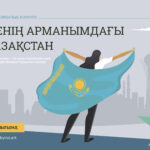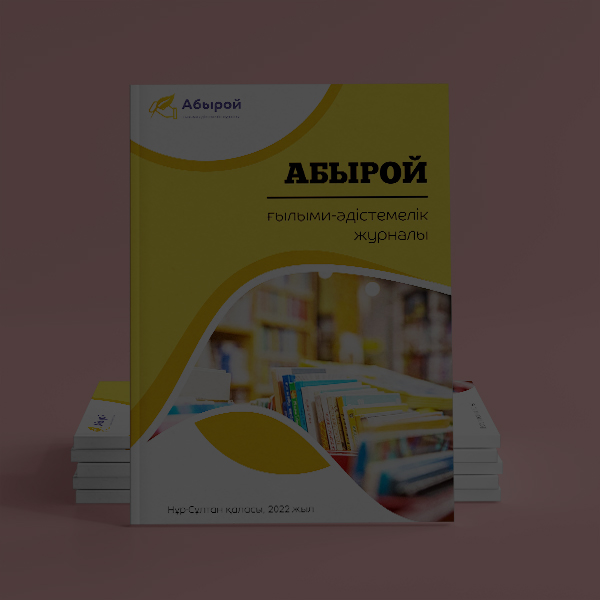Teaching English is an interesting and challenging process for the teachers of English as foreign language. Among all methods and techniques teaching English through literature is one of the effective one. Since literature is an authentic material, it helps language learners to involve themselves into real English world. To get positive results it is important for teachers to choose appropriate literary texts. There are several aspects that teachers need to pay attention while choosing the text, such as length of the text and how it is culture friendly.
Literary texts are representational rather than referential (McRae, 1994). John McRae (1994) distinguishes between literature with a capital L – the classical texts e.g. Shakespeare, Dickens – and literature with a small l, which refers to popular fiction, fables and song lyrics. The literature used in ELT classrooms today is no longer restricted to canonical texts from certain countries e.g. UK, USA, but includes the work of writers from a diverse range of countries and cultures using different forms of English.
According to Isariyawat,C., Yenphech, C. & Intanoo, K. (2020) the simple definition of a literary text is the writing of either prose and/or poetry, which if considering this definition, in principle, the first written poem or even a mail order item may also be called a literary text, hence to make the meaning more clear a literary text must be in a good writing style.
Juden (1994:5) concluded that literature is a book or writing that has been hailed as well. There are beauties in the languages, use of words with value into the literary stage and having good contents can convince the reader to bring enjoyment, consciousness, contemplations and feelings as indicated by the creator so as to comprehend the significance of the literature more clearly.
- Жарнама -
We usually study literary texts in their originals forms or simplified versions. Majority of stories in English language are written for language learners. They can be studied in English language classrooms or outside of the lessons.
In January of current year I took the course from British Council called “Teaching English through literature”. It’s four-week course for language teachers that helps to learn how to engage and develop learners’ English language skills through a range of literature-focused learning activities and related teaching approaches. There were three modules: Foundations of teaching English through literature, developing receptive skills through literature and developing reproductive skills through literature. The first module focused on exploring the use of literary texts to present language and develop language skills, while keeping learners actively engaged and motivated. In the second module we learnt the ways of boosting our learners’ listening and reading skills with effective literature-focused classroom activities. The last module taught the ways of helping our learners improve their speaking and writing skills with effective literature-focused classroom activities.
There I understood how significant role the literary texts have in teaching English. That led to the usage of literature in my English classroom. In 2022-2023 academic year spring semester I taught students of A1+ level in my General English class at Yessenov University, Aktau. In one group there were 20 students and their major subjects were various from metrology, engineering to tourism, English language teacher. So it was not easy to choose a proper text. However in university’s library we had quite good options of literature such as Robinson Crusoe, Gulliver’s Travels, and Around the World in 80 days, Little Women, Robin Hood, and Pollyanna etc. These books were in 5 stages starting from low level finishing with high level accordingly. I’d chosen Pollyanna to use in my English classroom. First reason, the length was proper and language was not too difficult for my students. Not least important reason is the content of the text. It is a very interesting and motivational story.
Pollyanna was written by Eleanor Porter in 1913. It’s the story of a girl named Pollyanna whose parents have died. Pollyanna is the main character and always optimistic even when she faces terrible challenges. This character trait is needed for young learners or even for everyone. With this we could study personal adjectives, character traits.
Using the mentioned story in English classroom can affect students learning abilities as critical thinking, critical reading in a positive way. Teaching English through literature is an integrated study for teaching language and literary works.
There are many activities which could be used with literary texts. Here are 2 interesting activities for English language teaching classroom through literature:
- Running dictation (Review the tense of the literary text)
In this present simple questions activity, students take part in a running dictation about Pollyanna’s morning. The students then will be asked and answer present simple Wh questions about their morning routine. First, teacher sticks the running dictation text on a wall outside the classroom and puts the students into pairs. One student is the “writer”, and the other is the “reader”. The students that are the readers are going to dictate a text to their partner (the writer). The readers stand up, go to the text, read a sentence or few words, and return and dictate what they read to their partner who writes it down. They switch roles after each sentence. This continues until the text has been fully dictated. When they have finished, each pair checks other pairs’ texts. In this first round a pair who has finished first with fewer mistakes win.
Running Dictation Text
Pollyanna wakes up early. She goes downstairs. They have breakfast. They have eggs, bread, honey, cheese and tea. They finish breakfast. Aunt Polly says, “Come”. Pollyanna stands up. They go into the living room.
Next, students will be given a copy of worksheet. Students need to complete the present simple questions using the prompts.
A. Use the prompts to create present simple questions for the answers below.
Example:
1. When / wake up early?
Q: ……When does Pollyanna wake up?…… A: Pollyanna wakes up early.
2. Where / go?
Q: ………………………………………….A: She goes downstairs.
3. What / do?
Q: …………………………. A: They have breakfast.
4. What /have for breakfast?
Q: ………………………………. A: They have eggs, bread, honey, cheese and tea.
5. What / say?
Q; ……………………………. A: Aunt Polly says, “Come”.
6. What / do?
Q: …………………….. A: Pollyanna stands up.
7. Where / go?
Q: …………………….. A: They go into the living room.
B. Now, answer the six questions about your morning routine and write the answers in the column marked “You”. Then, ask two other students about their morning and complete the other columns in the chart.
| Questions | You | ||
| 1 | |||
| 2 | |||
| 3 | |||
| 4 | |||
| 5 | |||
| 6 |
- Comparative Clues (comparative adjectives)
It’s an engaging comparative game for students to play in class. It can be played in pairs or groups. In the game, students will be given three adjectives with characters or things from the story. They must give comparative clues to a partner who tries to guess who or what is being described. The card looks like this:
| Pollyanna 1. young / aunt Polly 2. cheerful / Mrs. Snow 3. poor / Dr. John Pendleton |
Students need to guess the name in bold at the top of each box. Students who give clues substitute the words in bold for a pronoun and use comparative forms, e.g. “She is younger than Aunt Polly”. Other students try to guess who is being described. Students take it in turns to give three clues to their partner or group. Students score one point for each correct guess. The students in each pair or group with the most points win. When everyone has finished, teacher may ask students to create their clues. Then they can read them to the class.
These and other activities were used during the spring semester of the current academic year at Yessenov University. As it can be seen from the given activities, literary texts offer a rich source of linguistic input and can help learners to practise the four skills – speaking, listening, reading and writing — in addition to exemplifying grammatical structures and presenting new vocabulary.
References:
1. Isariyawat,C., Yenphech, C. & Intanoo, K. (2020). The role of literature and literary texts in an EFL context: cultural awareness and language skills. Journal of Language and Linguistic Studies, 16(3), 1320-1333. Doi: 10.17263/jlls.803748
2. Juden, W. (1942-1997). Contemporary Thai Poetry Bibliography; Research Support Fund (TRF). Bangkok: Thailand Research Fund (TRF).
3. McRae, J (1994) Literature with a small ‘l’, Macmillan Education.
4. Stage 1. Eleanor H. Poter. Pollyanna (Поллианна). – Алматы: Жазушы, 2013. – 80 б.
5. teach-this.com
Teaching English through literature to Yessenov University students
Ulzhan Ussenkyzy Anarbekova
The Caspian University of Technology and Engineering named after Sh.Yessenov, Aktau
 Загрузка…
Загрузка…









